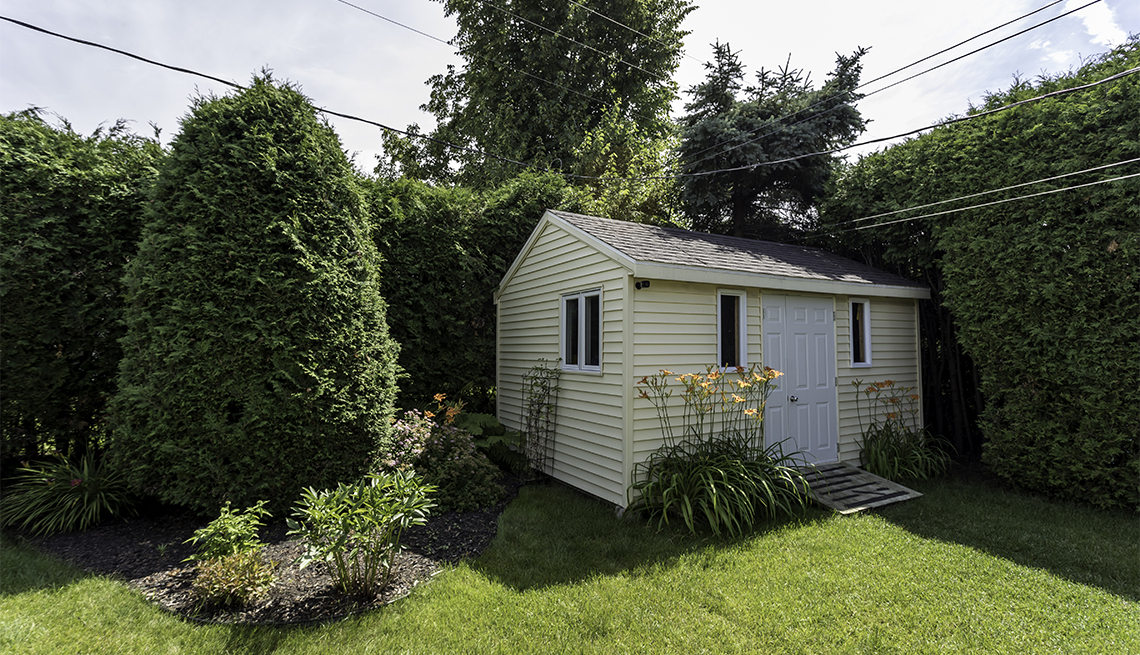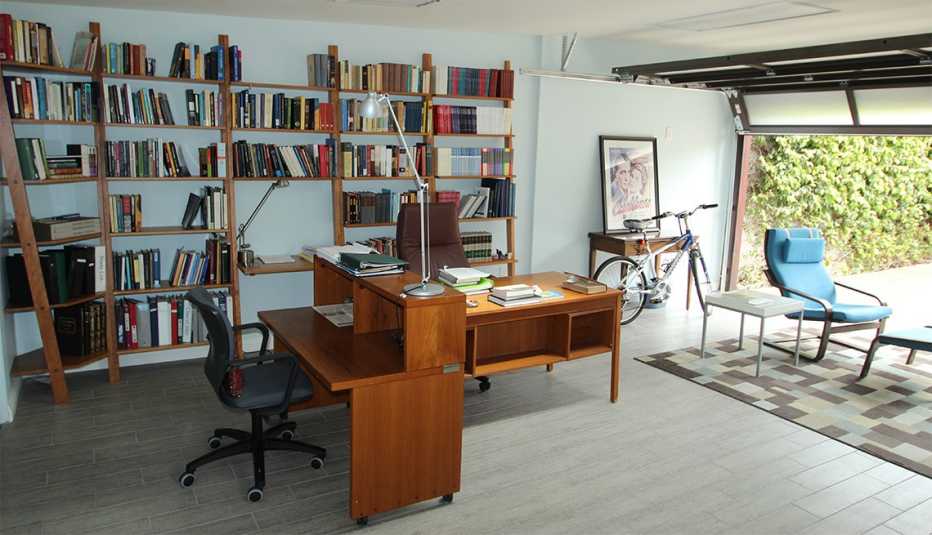Staying Fit
Across the nation, about 1.5 million homeowners have placed accessory dwelling units (ADUs) in their backyards. The structures, nicknamed “backyard bungalows,” are gaining popularity as age-in-place dwellings that can help keep grandparents, parents and children together.
The pandemic has also inspired new uses for these spaces as, for example, home offices and short-term rentals. New ADUs are being added at a rate of nearly 9 percent a year as communities adapt their regulations to accommodate them, according to a recent study by home-improvement website Porch.com.


AARP Membership— $12 for your first year when you sign up for Automatic Renewal
Get instant access to members-only products and hundreds of discounts, a free second membership, and a subscription to AARP the Magazine.
ABCs of ADUs
There are two basic options for a backyard dwelling. You can choose a conventional, custom-designed “stick-built” structure that’s erected on your property, or you can go with an ADU that’s manufactured in a factory, hauled to your property on a truck — sometimes in one piece — and installed by one of a growing number of companies. The choice depends largely on your particular situation and needs, according to home builders.
Expect to spend about $180,000 for an ADU. That’s the average price Porch.com found, though expenses vary by region as well as by project. Builders of both types of ADUs agree that factory-built structures tend to cost less.
Bill Smith, cofounder of Backyard Bungalows, a California-based company that sells and installs factory-built ADUs, says factory construction tends to be less labor-intensive. Once a factory-built ADU is delivered by truck and placed in a backyard — a process that can require use of a crane — finishing the project can take less than 30 days. By comparison, completing a stick-built structure could take six months or longer.
“It’s going to be 30 to 40 percent less expensive than a stick-built,” Smith says.




































































